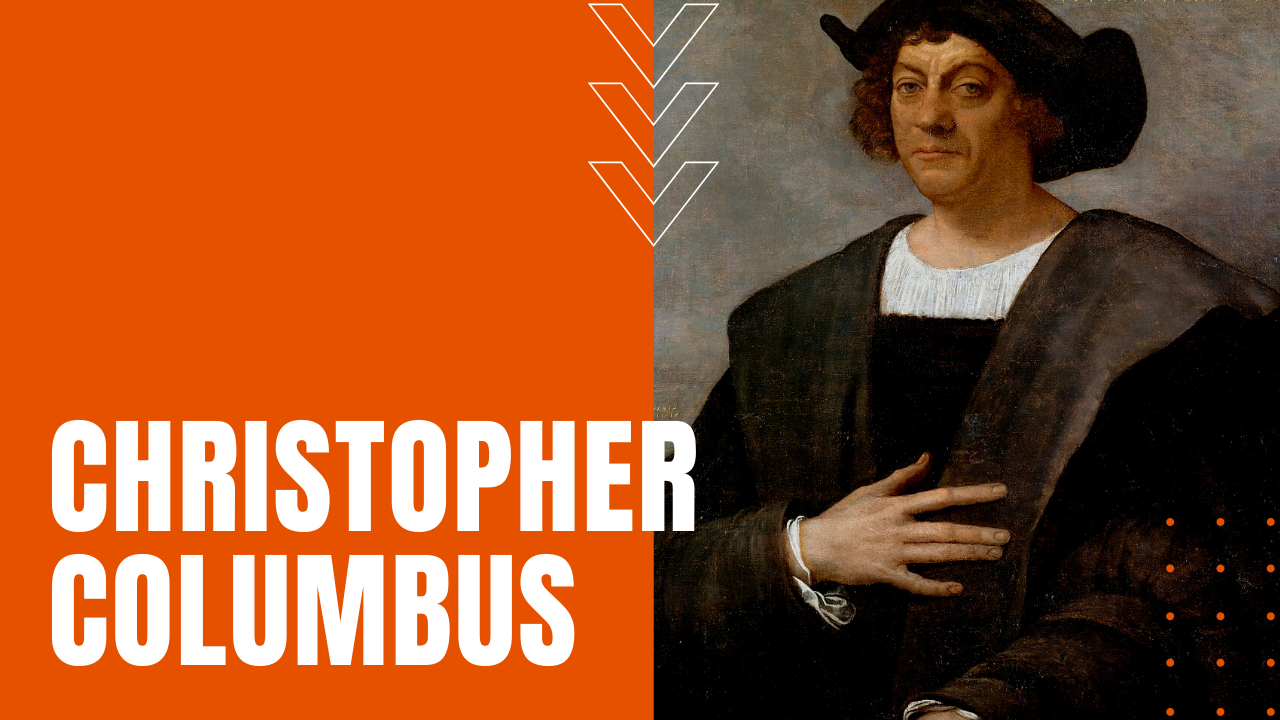Christopher Columbus: Three Voyages To Find The New World

After surviving a pirate-induced shipwreck as a young merchant seaman, Christopher Columbus studied mathematics, astronomy, cartography and navigation in Lisbon Portugal, where he embraced the radical theory that a yet undiscovered Northwest Passage was a viable shortcut between Europe and Asia.
Columbus’ First Voyage
Hungry for fame and fortune, Columbus’ petitions for funding a voyage were turned down by Portugal and England, until Spanish King Ferdinand of Aragon and Queen Isabella of Castile agreed to fund the explorer in return for 90% of whatever riches Columbus could bring home to Spain.
Columbus set sail on August 3rd, 1492, aboard the Niña, the Pinta and the Santa Maria, making landfall in mid-October on most likely the Bahamian island of San Salvador, spending the next few months island-hopping the Caribbean—a place he wrongly mistook for the East Indies. While his detailed diary entries mention everything from encountered wildlife, weather and the shifting moods of his crew, he also noted that the local Taino people were ripe for enslavement.
Leaving several dozen men behind at his settlement on Hispaniola, Columbus sailed for Spain, returning to what is now the northeast coast of Haiti in September of 1493, where he found his settlement destroyed.
Columbus Enslaves For Queen and Country
Leaving his brothers Bartolomeo and Diego behind to rebuild his colony, Columbus would continue his fruitless search for gold and other valuables, at the same time sending 500 enslaved people to Queen Isabella in lieu of gold or other riches. Believing that any people Columbus claimed for Spain were therefore Spanish subjects, a horrified Isabella returned the explorer’s gift to their native island. Columbus would make a third voyage to the New World in 1498, and while he failed to discover the Americas, historians now know that Viking explorer Leif Erikson made landfall in Newfoundland in the 11th century, long before Columbus reached the Caribbean.
During his third voyage, Columbus enslaved many Taino Indians, forcing them to search for gold or work on his plantations, resulting in his arrest upon his return to Spain, charged with barbaric acts of torture in his governance of Hispaniola. After he was cleared of the most serious charges and stripped of his noble titles, in 1502 he persuaded the two Spanish monarchs to fund him on a fourth voyage that same year, where he made landfall in Panama—just miles from the Pacific Ocean. Returning to Spain empty-handed, Columbus passed away in 1506, yet his voyages sparked centuries of exploration and exploitation of the American continents, forever altering the makeup, history and migrations of the New World.
